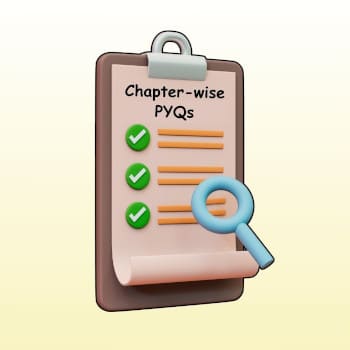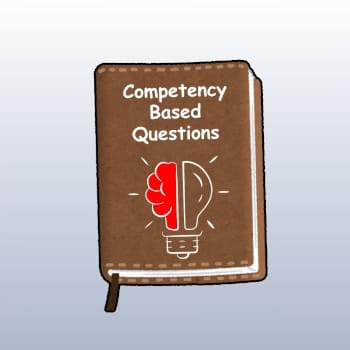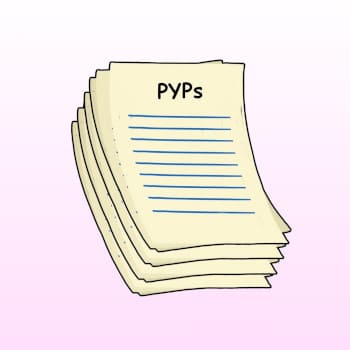We are on a mission to make learning accessible and enjoyable for all
Knords Learning is an educational platform focused on making study simple, easy and interesting. We are dedicated to crafting educational resources that inspire and ignite the curiosity of learners.
All-in-One Study Materials
for CBSE Class 10
(Note: You must be on a laptop/desktop device for this interactive periodic table to function properly. Please visit this page from your laptop/desktop device).










